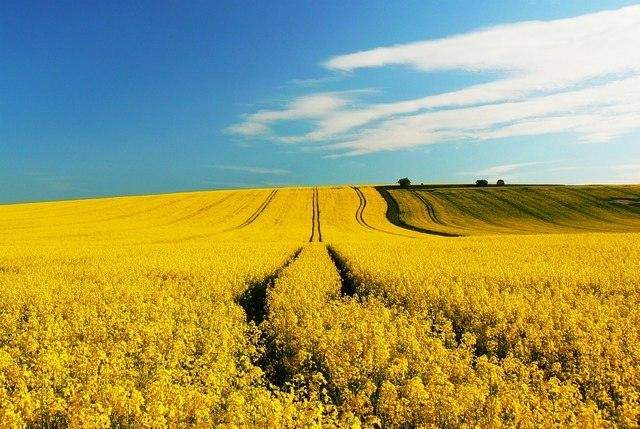If you are a newcomer to the field of farming, then you may not be familiar with crop insurance. Even those who know that it is important to secure it can find doing so a daunting task. Some sources provide little to no information about it while others force you to sort through too much of it. However, all isn’t lost, and it is possible to secure crop insurance easily.
Here’s what you need to do:
Read up all you can on crop insurance
Find an insurance provider approved by USDA’s Risk Management Agency (RMA)
Enjoy the advantages Federal Crop Insurance Corporation offers to growers
An approved insurance provider (AIP) can sell federal crop insurance policies legally. RMA and AIPs have a public-private partnership in every state.
But wait! Before you visit an AIP, here are some things that you should know about insuring crops:
Why buy crop insurance?
As a farmer or a grower, you need the protection offered by this specific kind of insurance. Conditions leading to drought, disease, or freeze, are a common occurrence. In addition to that, there are losses experienced by farmers and growers due to variations in market price and low yield. During such time, your crop yield might undergo a loss. When such loss is triggered by something that is beyond your control, your policy will protect you from the damages caused. Depending on your policy, protection from other less common losses, such as due to excessively dry weather preventing you from sowing/planting might also be on the table. If you are losing crops to birds and would like to start protecting your corn crop with the ultimate bird repellent, you may wish to see avipel.com for more info.
Regardless of the case, through your insurance, you will be entitled to reimbursement for the loss faced minus the deductible.
What advantages await new growers?
The good news is that as a new grower, rancher, or farmer, you are allowed certain benefits. This step has been taken to encourage subsequent newcomers to purchase crop insurance. For instance, one of these advantages is that you will be paying less out of pocket costs for your premium. USDA makes up for it by allotting an extra 10% in subsidy to newcomers!
Similarly, you will also be exempted from paying an administrative fee. A higher substitute yield adjustment will also help you determine the expected yield of the crops you have just started growing.

What makes crop insurance different from other kinds of insurance lines?
Since one storm can lead to catastrophic losses for all the farmers located in the same geographic area, crop insurance is different from other insurance lines. It can be quite difficult to insure crops when a catastrophe could harm every farming operation in a county!
So, crops are at a higher risk, losses can come in high concentrations, and the size of the affected area huge. When viewed in this light, it sounds counterproductive for AIPs to offer crop insurance policies to farmers. That is why a public-private partnership is used by the U.S. Department of Agriculture (USDA) to support the AIPs secure your hard work.
What does that mean for you? It means due to a Standard Reinsurance Agreement, all AIPs are legally obligated to sell you a policy at the premium rate pre-decided by the Federal government! The protection is yours by right and cannot be denied to you, regardless of risks. The AIPs aren’t allowed to increase premiums either or make special handwriting impositions on any farmer!
Checklist for Crop Insurance Discussions
Ready to meet an AIP? First, collect the details mentioned below before your meeting:
- 5-years-worth of verifiable production records
- Crop name, type/variety, acreage (field, sub-field, etc.), location, practice (irrigated/non-irrigated), and planting date for every field
- Crop final usage, such as in fresh or processed state
- Crop final disposition, such as marketable, salvaged, unmarketable, different use than intended, etc.
- Names of producers besides yourself who have an interest in the crop
- Protection method required
- Farm serial numbers
- If you are growing on contract basis, then a copy of the grower contract
- If the crop is a fruit tree, then:
- Distance between trees
- Row spacing
- How old the trees are
Still confused? Have more questions? We’d love to answer them for you! For more information, contact us right away!
